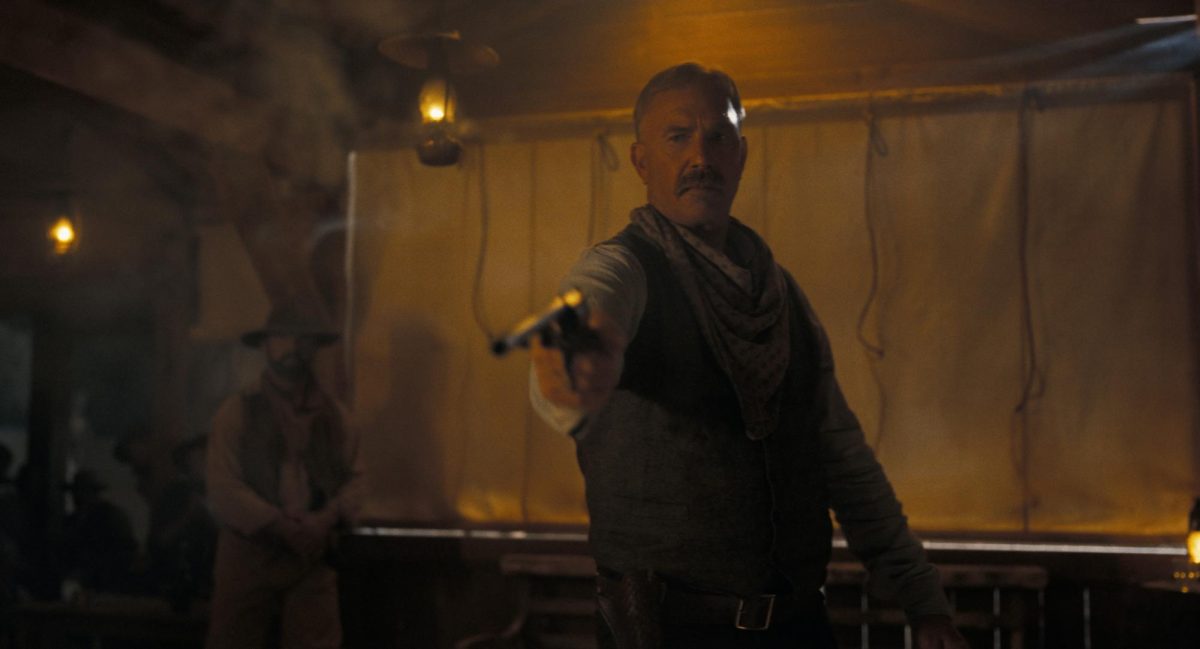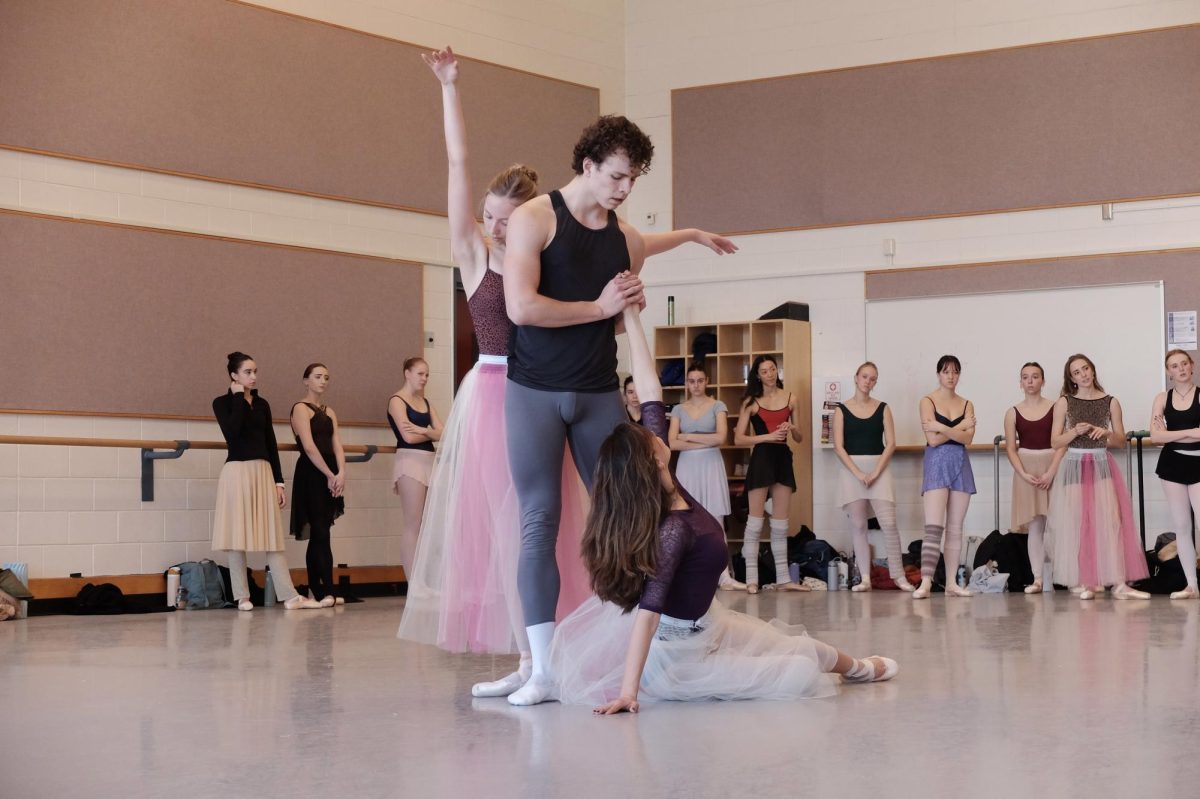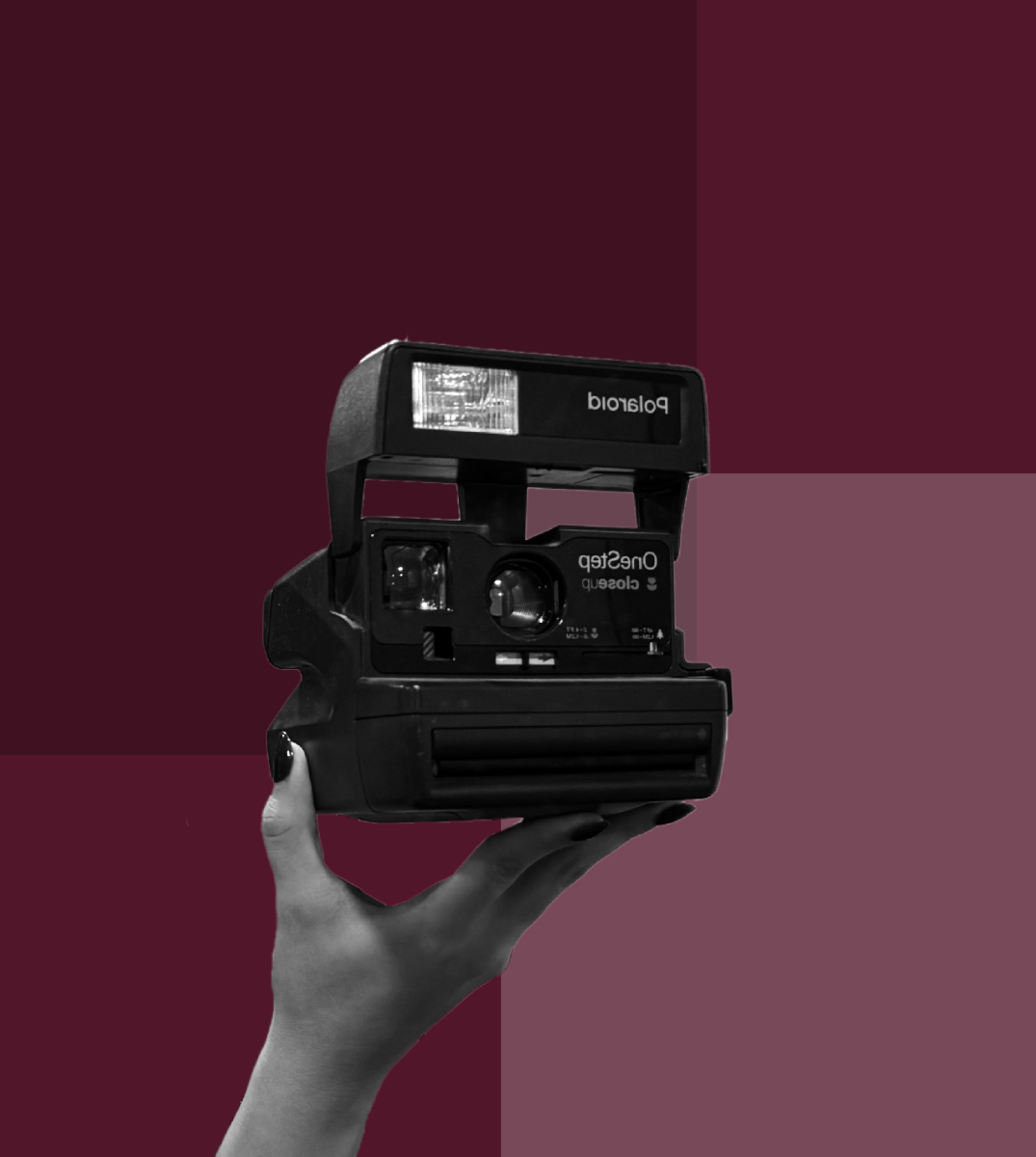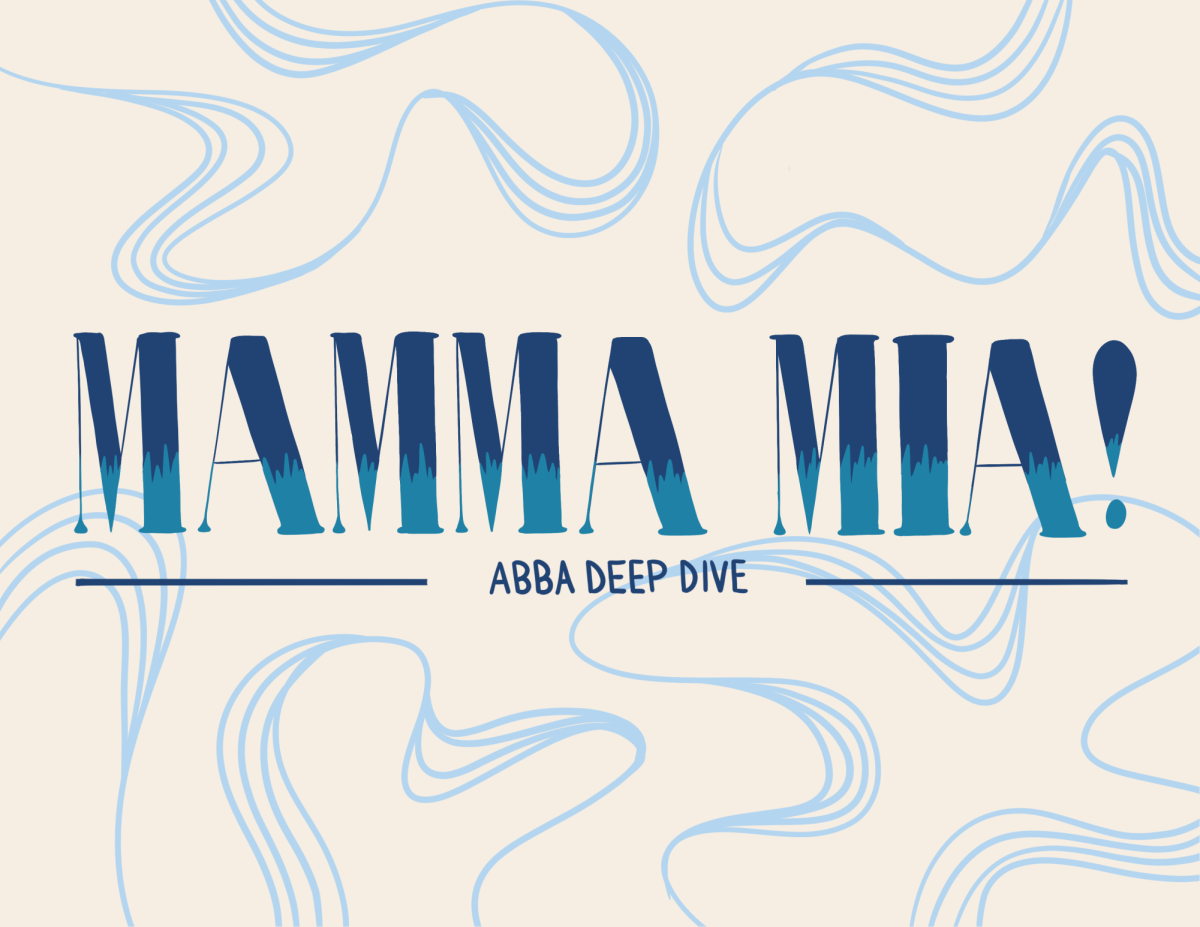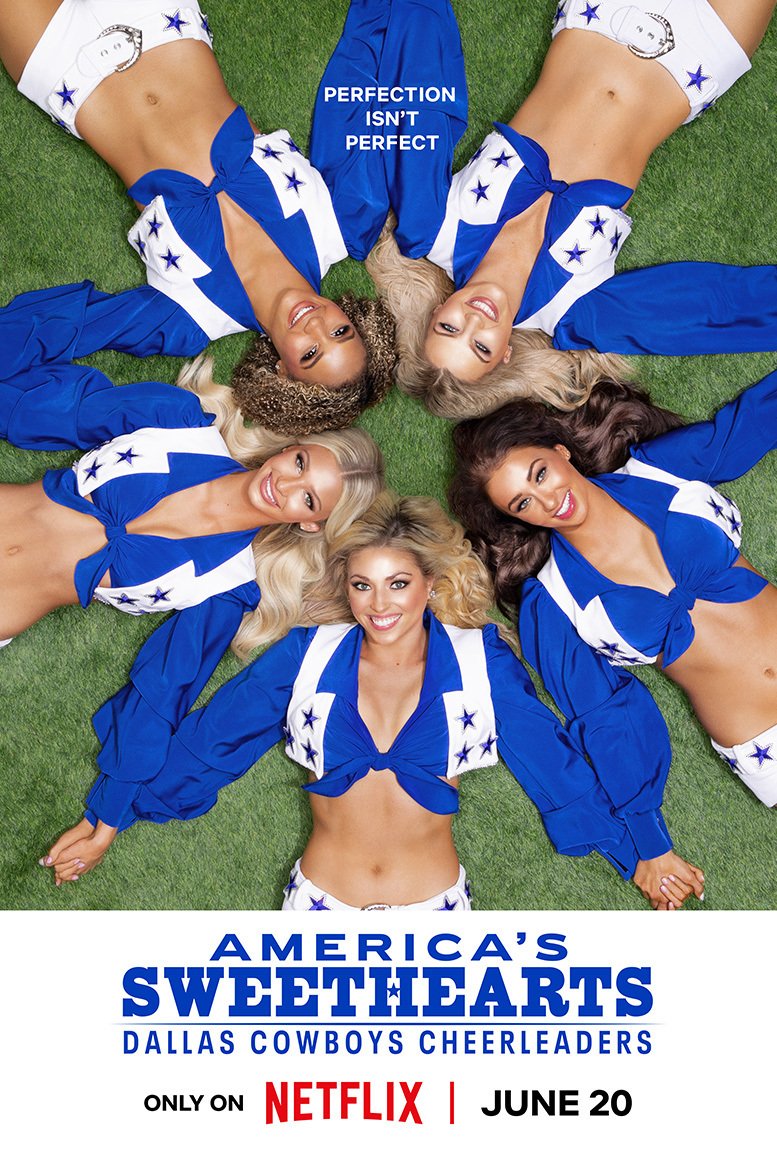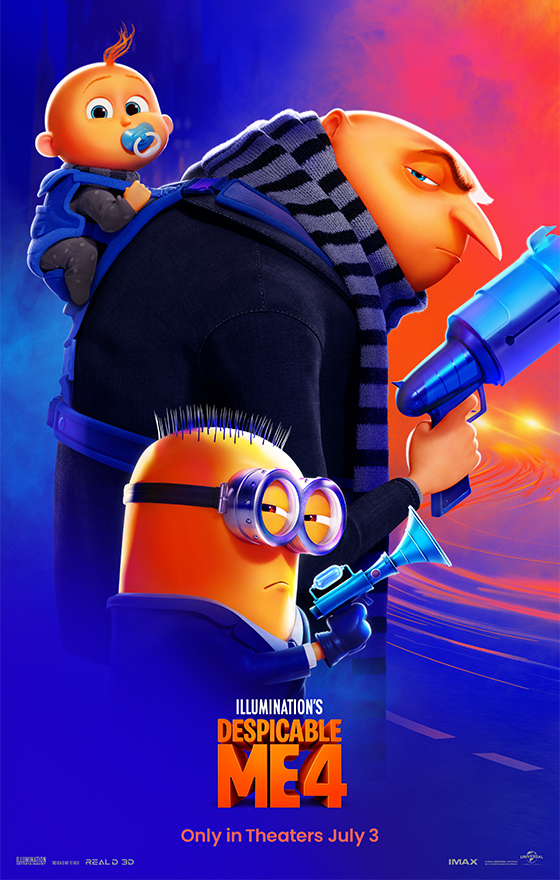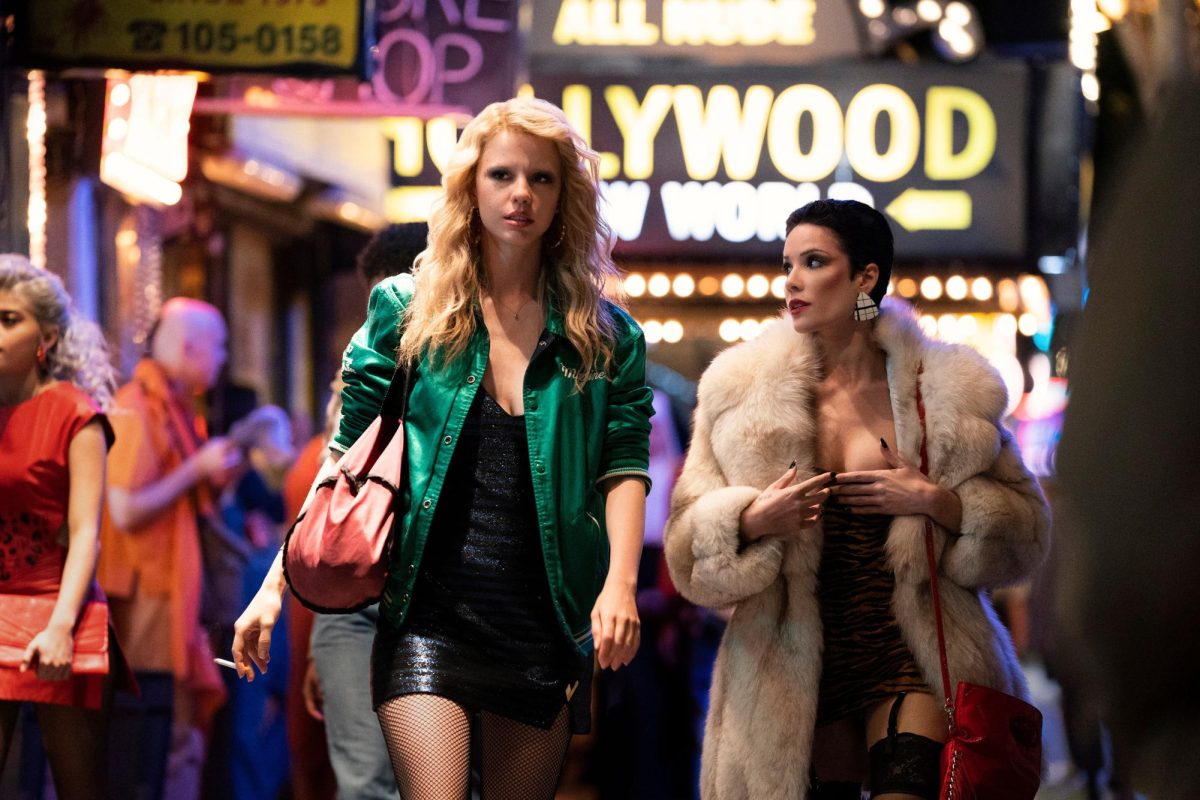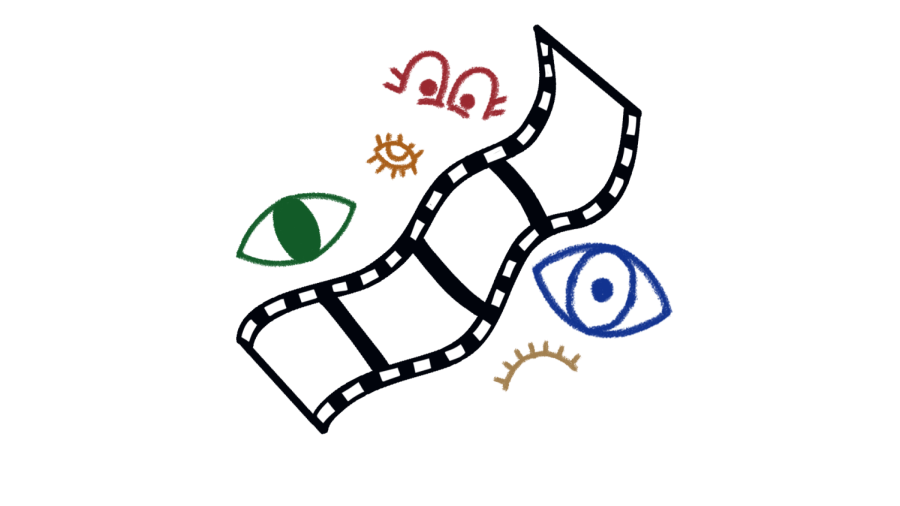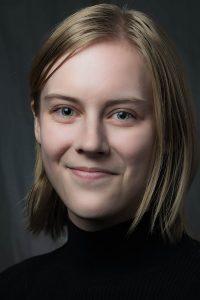A panel of artists lines up, standing and sitting, against a white backdrop. The unusual suspects. “You can’t be what you can’t see,” Rhonda Kinard, a member of the Americana folk band Dillbilly, said in answer to one question from her audience. “My intersectional identities matter everywhere I go.”
Salt Lake City invites minorities like a relative oasis in comparison to the rest of Utah. The Pride Parade comes to mind as one example of the receptivity and diversity of the city. This year, we get something new to support the LGBTQ+ community. Raising recognition is important to marginalized groups, but engaging is the only motion towards an actual understanding of subjective perceptions. The Queer Spectra Arts Festival encouraged just this with their efforts. In partnership with MotionVivid, the festival invited artists from across the country “to showcase arts from multiple LGBTQ+ perspectives.” According to the Utah Pride Center, “[They] aim to present a diverse array of voices, backgrounds, experiences, cultures, mediums, and artistic disciplines in order to celebrate queer artistic expressions, as well as to challenge and contribute to contemporary understanding of queer discourse while promoting a nuanced conversation between artists and audiences about queer identity and art.”
This art festival, in addressing the typical dialogue surrounding queer theory, raises the question of what qualifies as queer art. Does it fall under the category of genre or is the identity of the artist alone which suffices? Choreographer and performer, Alexandra Barbier, echoed the sentiments of many of the artists in saying that everything she creates is “inherently or intrinsically queer” as she is a member of the LGBTQ+ community. Specifically, her performance at the festival, featuring her and her dance partner Colleen Barnes in traditionally feminine dresses, defies queer art expectations. Dancing to somber piano music, they suddenly stop, breathless, and light cigarettes. Then they simultaneously they ask viewers, “But is it queer?” Barbier said that she wanted to choreograph something “very neutral in regards to sexuality and identity and then pose this question ‘what do you think?’”
Each performance, be it dance, song or poetry, gave a personal look at each artist and their relationship with their identity. This breaks the boxes that people, even the best-intentioned, tend to put the queer identity into. There is no “right-side-up” and here there is no standard. The predominant theme, promoted by the festival, was “BE/LONGING”. Poet Violet Knight launched the first time-based arts presentation with a poem on belonging, beautifully paused to create “be longing,” and cleverly titled “Hercules.” Her conversational and shockingly humorous poetry discusses her transgender identity and the tension between a “southern upbringing and queer identity.”
Many artists also expressed the influence of setting in their art. Choreographer Rachel Luebbert, who walked a line made of socks, hails from the D.C. area while Dillbilly is Oakland-based. The festival also forced them to be innovative. In the case of Dillbilly, they began to conceptualize the fabric of their songs, but the festival “gave [them] the opportunity to start the journey.”
The show gathered a variety of perspectives to convey a broader understanding regarding identity. Choreographer and performer Ironstone focused connectivity through empathy, specifically in transitioning. Finding purpose in something else when “you no longer want to fulfill that role” which others expect from you is important to him. While his work may not be specific to him, he aims to “embody queer knowledge.”
This touches on the subjectivity which representation makes essential, both in transitioning and in coming out as your own unique person within and without definition. Media attention may only fixate on a few versions of an identity belonging to a variety of people, but art strikes at the core of the self. Ideally, we could know everybody and hear every story, but obviously, we’re limited. Exposing ourselves to artists expressions at least humanize these self-given but societally assumed definitions. Plus, as co-choreographer and performer Tori Meyer laughingly but seriously said, “it’s scary to talk about identity by yourself.” She and Nora Lang created the dance “when flamingos; T.K.L.” a striking duet and playful connection between the two artists. They describe wanting the piece to “emulate the kindness of listening.”
Similarly, the performance “____NOT____” questioned gender expectations with two artists finding freedom in the support of each other by helping one another out of prom-style dresses and finding a new style belonging to them. The Queer Spectra Arts Festival both initiates a more encompassing dialogue and brings about a community to facilitate that dialogue and support it.
This one-day event should reoccur annually and will probably look for submissions within the next year. These conversations need to be held continuously because while people have no consistency or commonality, the desire to belong looks different in everyone.
In an earlier version of this article, the Utah Pride Center and Utah Pride Festival were misattributed as partners in this festival. We regret the error.








